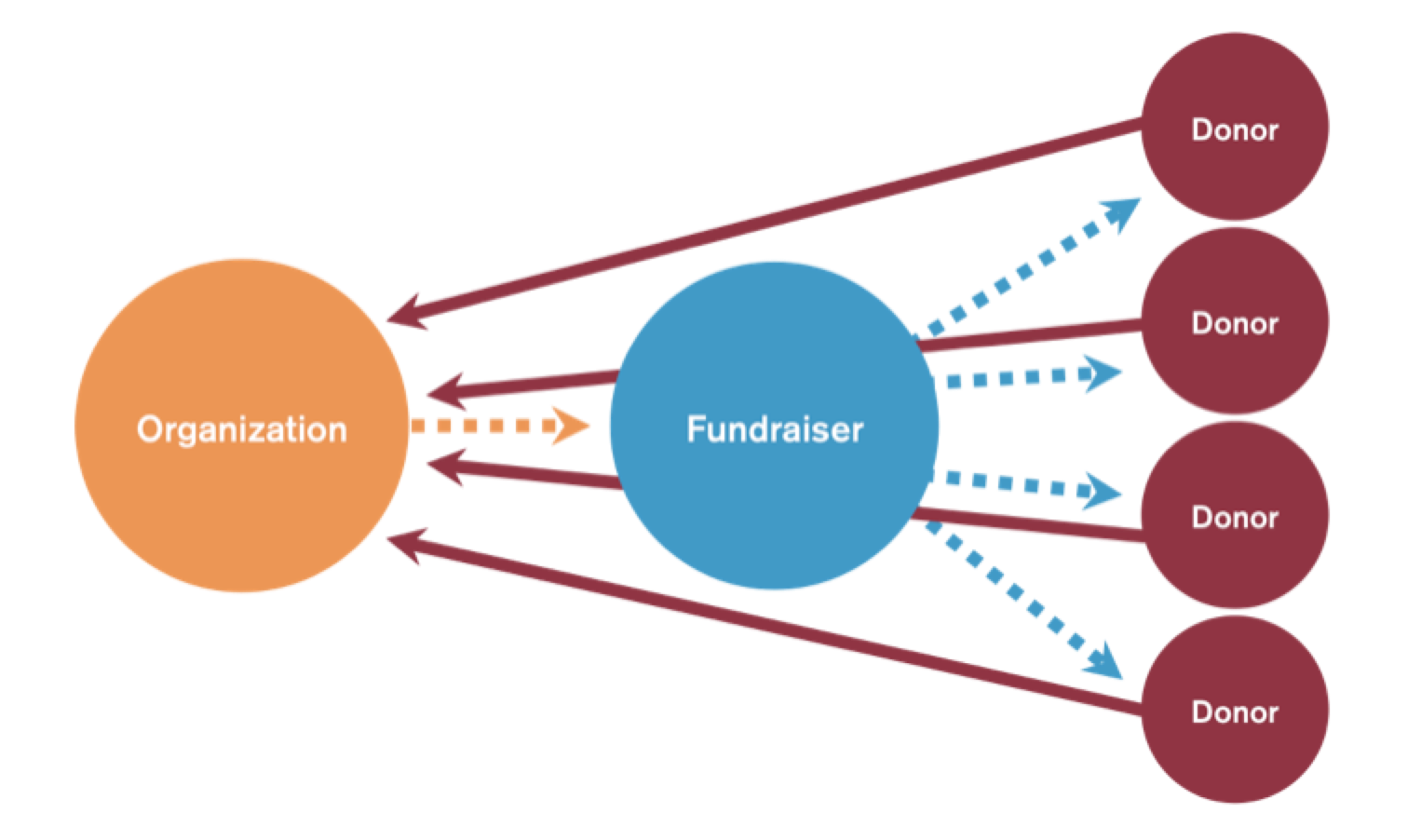As we shared with the Canadian Cancer Society and have shared with many clients over the years, success in peer-to-peer fundraising starts within your organization. It truly cannot be achieved without your team understanding and adopting these essential ideologies:
- There is an inextricable link between fundraising and cause.
- You have to ask people to fundraise.
- Your staff members must fully embrace their role(s).
There is an inextricable link between fundraising and cause.
Connection to cause matters, it matters a lot, and it matters at every level of your organization. When your constituents engage their network of friends and family on your behalf through peer-to-peer, they’re not just asking for $20, they’re asking for $20 to help create a world in which your mission is fulfilled. In peer-to-peer, they’re asking for donations to help you change the world in a very specific way. This means that you and your team must believe at your core that your cause is worth asking for. You have to believe it so strongly and express your passion so powerfully that your fundraising ask survives the “telephone” game, running from your organization to your constituents to potential donors in their network.
You may already see the inextricable link between your fundraising ask and your cause, and understand how both are critical to creating a better world. But do your development staff members at the field office level also understand? If you’re going to find a cure, they absolutely must, in no uncertain terms, understand this as well. After all, who is the face of your organization for most of your constituents? You? No, it’s your local development staff members. Whose passion around achieving your mission models the way for constituents in what it means not just to ask for a donation, but also ask for a donation to create a better world? Hint: it’s not just yours.
You have to ask people to fundraise.
Welcoming people in the community to attend your terrific event(s) isn’t enough to change the world. Instead, they have to fundraise and you have to ask them to fundraise. Because cause and fundraising are inextricably linked and because you’re serious about changing the world by addressing your mission, you cannot afford to have even one staff member coaching constituents on how to engage their network who isn’t shouting from the rooftops that you’re going to [insert your mission here] as a result of your fundraising efforts.
This means you have to ask yourself the uncomfortable question because fulfilling your mission depends on it: do all of your field staff members affirmatively believe in the good you’re working to create? In other words, do all of your volunteer coordinators and local fundraising team members passionately believe that you will eradicate cancer, heart disease, kidney disease, or whatever your cause might be?
If the answer is no, it may be time to reconsider how your culture and mission are viewed and shared within your organization, and if the right people are in the right roles.
Your staff members must fully embrace their role(s).
The stakes for change are high. Your ability to create it depends on your constituents harnessing their networks to fundraise, by using mission to activate and give meaning to their fundraising ask. Your constituents can’t effectively harness their network for fundraising unless your field staff members can coach and model the way. How can field staff members who don’t genuinely, unequivocally believe in the change you’re trying to create actually teach constituents to passionately convey that message when asking for donations on your behalf?
As you ask yourself the sometimes-uncomfortable question remember that these principles and attitudes are modeled from the top down. Every person in an organization has the power to enact the right belief system around your mission. Strong conviction around your cause will trickle down from your leaders all the way to your constituents. And if you come to find that your answer to the uncomfortable question, that changing the world depends on, is “no” for anyone on your team, it’s time to have a conversation about finding the right seat on the bus for that person, because this isn’t it.





No Comments Yet
Let us know what you think